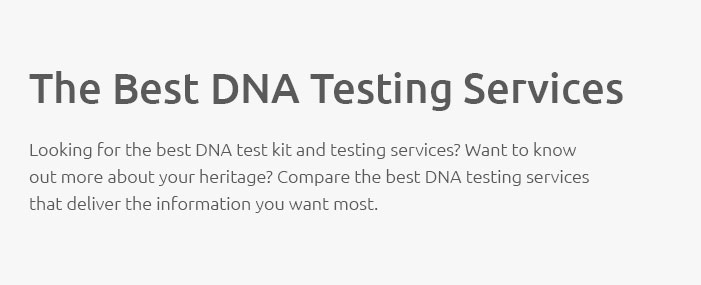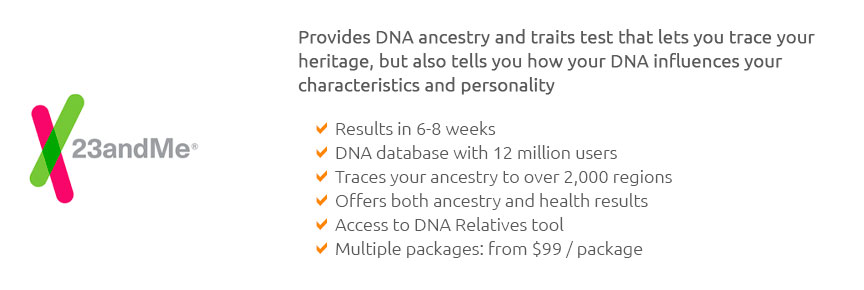 |
 |
 |
|---|
 |
 |
|---|
 |
|
|---|---|
 |
 |
 |
 |
 |
 |
 |
 |
 |
 |
 |
 |
 |
 |
 |
 |
|---|
The Best Way to Find Your AncestorsUnraveling the mysteries of your lineage can be one of the most rewarding journeys one can embark upon. With a plethora of resources at our fingertips, the quest to discover one's ancestry has never been more accessible, yet the sheer volume of information can sometimes feel overwhelming. Therefore, understanding the best methods to navigate this sea of data is crucial. First and foremost, it’s vital to start with what you already know. Begin by gathering all available family records, documents, and photographs; you’d be surprised how much information is often tucked away in attics or old boxes. Conversations with older family members can also yield a wealth of knowledge, offering personal anecdotes that bring your family history to life in a way documents alone cannot. While these initial steps might seem mundane, they lay the essential groundwork for your research. Once you’ve compiled your family’s oral and physical history, the next step involves online genealogical databases. Websites like Ancestry.com and MyHeritage offer vast collections of records and user-friendly interfaces. These platforms allow you to build your family tree digitally, connecting you with potential relatives and offering hints to aid your research. However, some users express concerns over the subscription costs associated with these services. It’s worth noting that many public libraries provide free access to these resources, presenting a budget-friendly option for budding genealogists. In addition to commercial databases, government archives are invaluable. The National Archives and Records Administration (NARA) in the United States, for instance, houses census records, military service records, and immigration documents. While navigating these archives can initially seem daunting, the richness of the information they contain is unparalleled. Patience is key, and often, the joy of discovering a long-lost ancestor far outweighs the initial effort involved. For those with an adventurous spirit, DNA testing has revolutionized genealogical research. Companies like 23andMe and AncestryDNA provide insights into ethnic backgrounds and connect individuals with distant relatives. While some individuals express privacy concerns regarding DNA data storage, these services are generally considered secure and provide an extraordinary layer of depth to your ancestral narrative. Local historical societies and genealogy clubs can also be a treasure trove of information, offering access to local archives and the opportunity to connect with fellow genealogy enthusiasts. Engaging with these communities can provide support and guidance, particularly when faced with genealogical brick walls. In conclusion, the best approach to tracing your ancestry involves a combination of traditional research methods and modern technology. By leveraging both personal family history and digital tools, you can construct a comprehensive picture of your lineage. While the journey may have its challenges, the rewards are immeasurable, offering a profound connection to the past and a deeper understanding of your place in the world. Embarking on this path not only enriches your knowledge but also strengthens familial bonds, providing future generations with a well-documented legacy. So, embrace the process, and remember that every discovery, no matter how small, is a step towards completing your family’s story. https://www.youtube.com/watch?v=WTwVlGNgBeo
... genealogy research skills to build your family tree and research records. The best genealogy tutorial videos on Genealogy TV are about how ... https://familytreemagazine.com/research/how-to-learn-what-your-ancestors-life-was-really-like/
Get Your Free Genealogy Forms - Go Beyond Basic Records - Visit Their Places - Research Buildings - Peruse Local Histories and Guides - Find Old Photos and Maps. https://www.ageuk.org.uk/information-advice/travel-hobbies/hobbies/trace-your-family-tree/
Through public records you can find evidence in birth certificates, marriage certificates and Wills for instance. Talking to people and writing ...
|
|---|